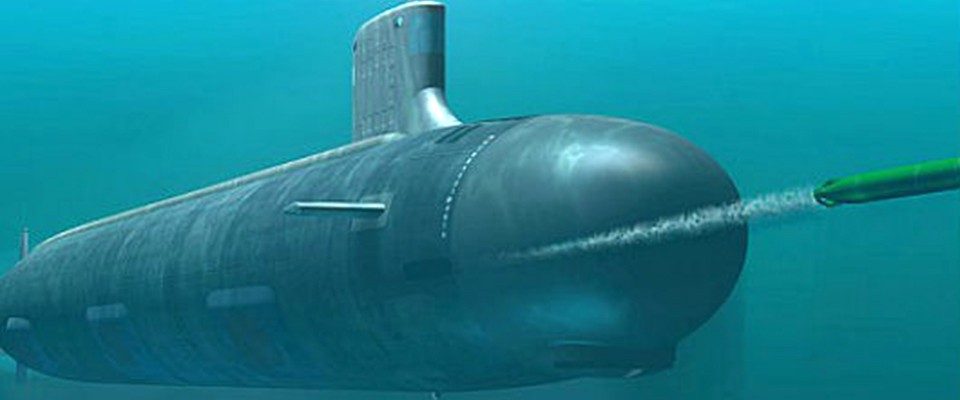Leveraging Proven Combat Systems Integration Experience on New Hull Builds
Mission:
To serve as the combat system integrator for the U.S. Virginia class submarine, collaborating with the submarine designer and builder to ensure the success of the total programme.
Requirements:
- Design the platform and its combat system concurrently
- Integrate future changes effectively and efficiently, with minimal impact to the platform, and at an affordable cost
- Align combat system acquisition and integration with submarine mission areas and requirements
Solution/Results:
Working with the submarine builder of the U.S. Virginia Class submarine, we have demonstrated our ongoing market pre-imminence on one of the most successful submarine design and build programs in the world today. From early design phases through to build and sustainment, Lockheed Martin played a critical role in Virginia’s combat system design and integration. With a true modular approach and open architecture, our success extends through four successive blocks of Virginia Class design and build activities. Our involvement with the submarine builder from the initial stages greatly reduced risks and life cycle costs of the programme, resulting in a highly capable and reliable war fighting capability. We continue to ensure the Virginia Class is consistently delivered on time and on budget.

Creating Seamless Integration across Multiple Submarine Combat System Configurations
Mission:
Transform submarine combat systems from a collection of stovepipes to a network of integrated capabilities with clearly defined interfaces.
Requirements:
- Reduce sustainment costs
- Rapidly integrate new technologies
- Create commonality for the life of a submarine class
- Reduce technical risk
Solution/Results:
Lockheed Martin developed an engineering and management program that involves various submarine combat subsystems – sonar, radar, communications, weapon control, tactical control, navigation and more. This program is known by the name Submarine Warfare Federated Tactical System (SWFTS).
Using the SWFTS model, we’ve integrated all these subsystems into a single combat system for naval battle group interconnectivity and interoperability using an open architecture systems approach. Our design and development approach allows for a lower cost combat system, enhanced interoperability, more general training and a disciplined program for modernisation and sustainment.
The SWFTS approach has proven to be successful for the US Submarine Force, both technically and from a value for money perspective. SWFTS is a best practise model that can be tailored specifically for the Combat System Integration (CSI) approach for Australia’s future submarine fleet. Lockheed Martin is the only team who can draw upon this depth of expertise to deliver a regionally superior, locally created, sustainable combat system for Australia.
Using the SWFTS model, we’ve integrated all these subsystems into a single combat system for naval battle group interconnectivity and interoperability using an open architecture systems approach. Our design and development approach allows for a lower cost combat system, enhanced interoperability, more general training and a disciplined program for modernisation and sustainment.
The SWFTS approach has proven to be successful for the US Submarine Force, both technically and from a value for money perspective. SWFTS is a best practise model that can be tailored specifically for the Combat System Integration (CSI) approach for Australia’s future submarine fleet. Lockheed Martin is the only team who can draw upon this depth of expertise to deliver a regionally superior, locally created, sustainable combat system for Australia.



